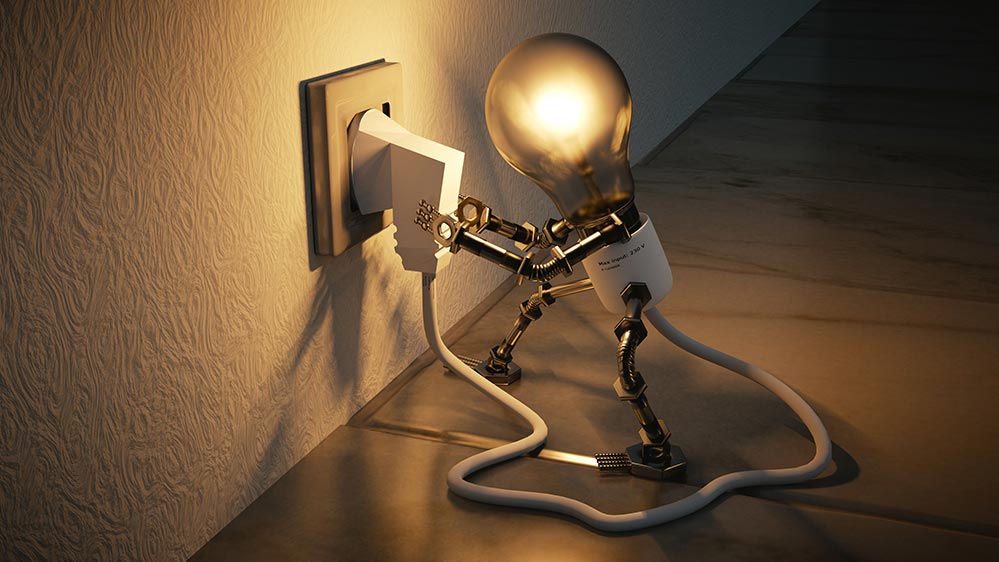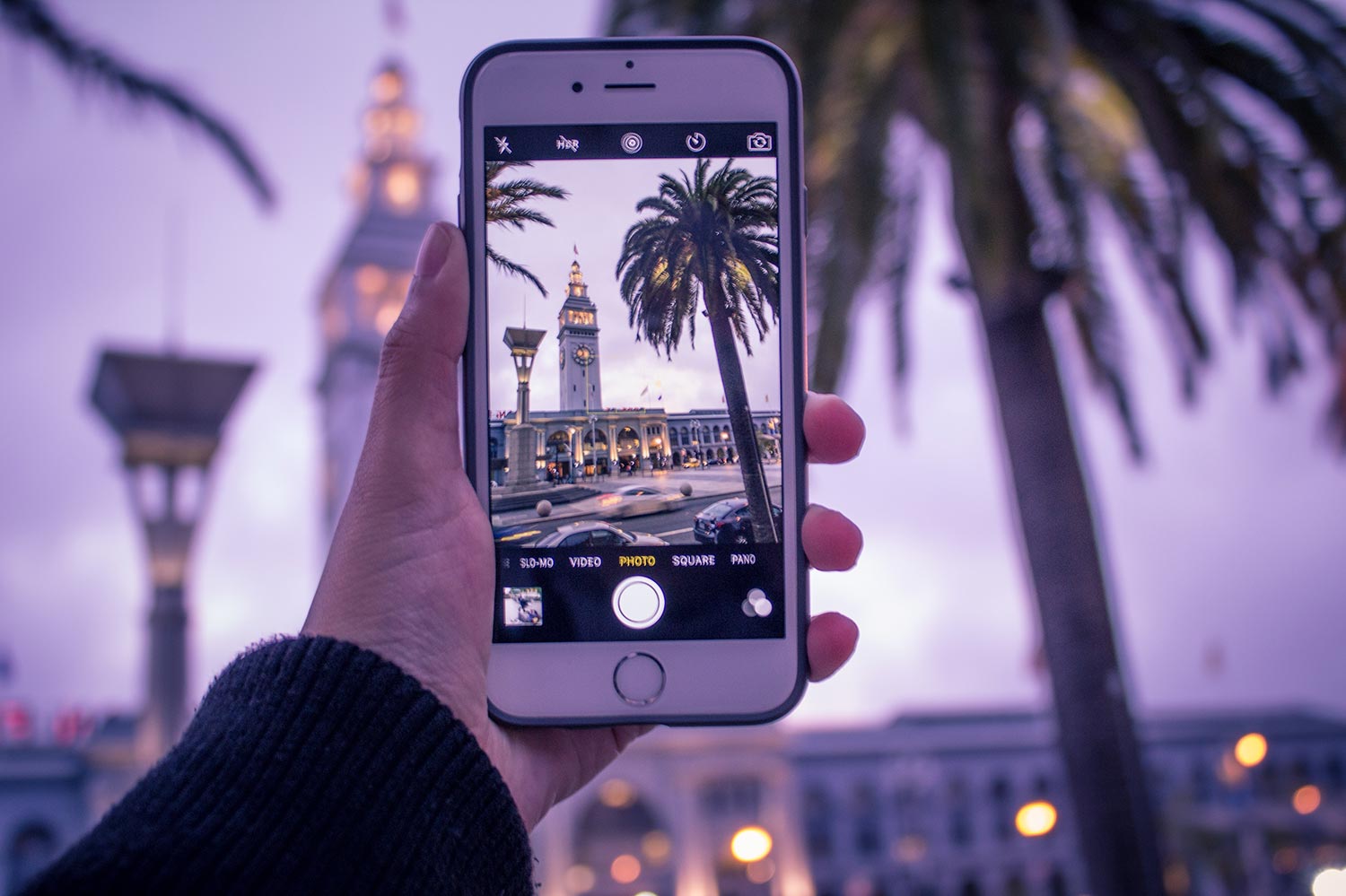
Just a Phone or Your Camera Too?
Introduction
Traveling the world provides the opportunity for all of us to see new and uncommon sites and experience people and new local cultures. Many of us, ourselves included, love to capture those memories to look back on, share with others, post online, or in some cases, blog about our experiences.
Photography in general, and particularly digital photography has advanced more in the past decade, than in the prior 50 years. Today, the ability to inefficiently take pictures is everywhere, including in your pocket or your purse. With that come a question… do I bring a camera when I travel or do I use my phone to take pictures?
This post provides our perspective on this question. We are not intending to critique or compare phones or the numerous cameras that are available. We hope to provide a useful and practical perspective that will help you prepare to capture your next trip.
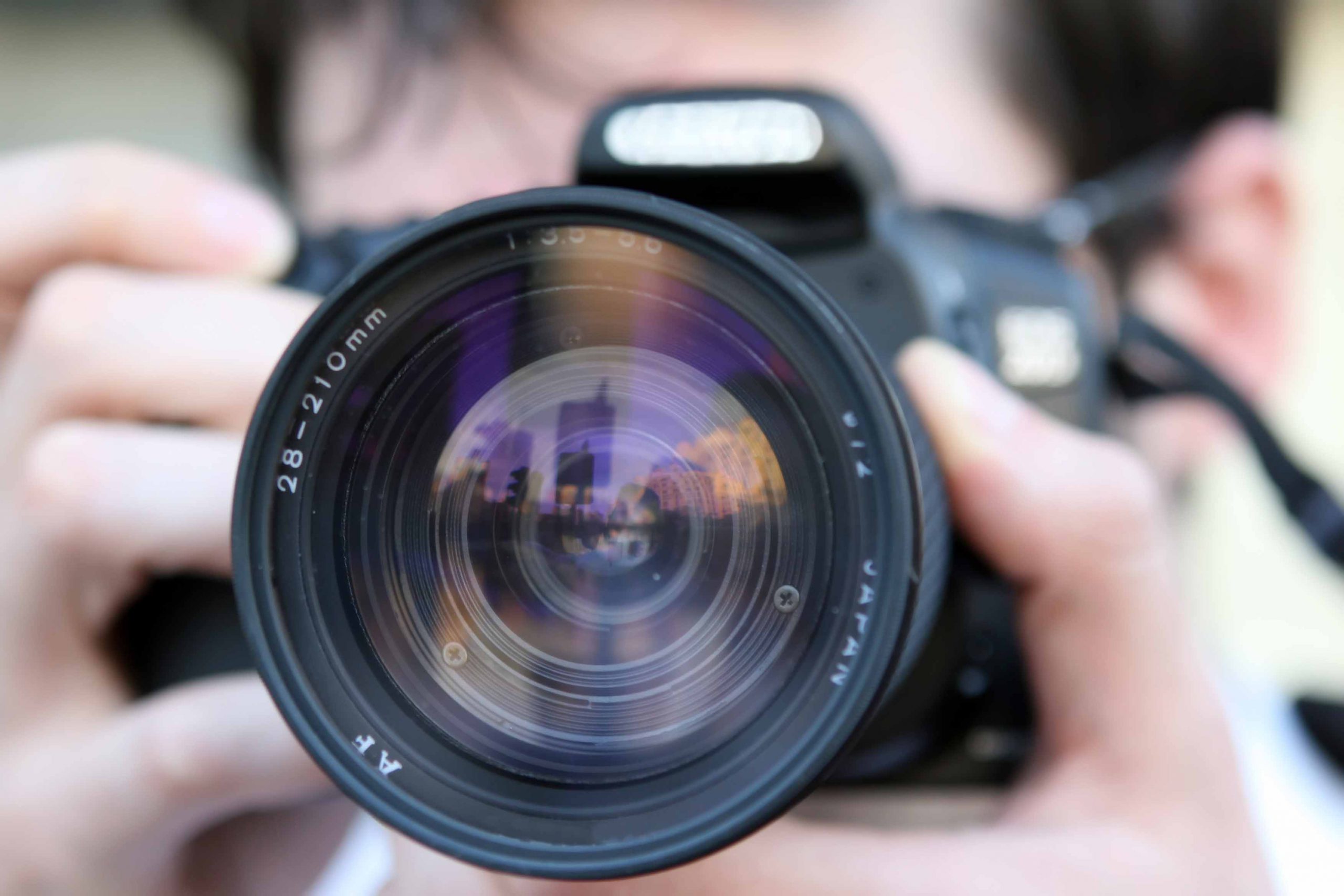
The Quick Skinny
“Photography is a way of feeling, of touching, of loving. What you have caught on film is captured forever… It remembers little things, long after you have forgotten everything.
~ Aaron Siskind
We travel with both a digital camera and our smartphones, for the reasons outlined below. It’s a personal choice that depends on your preferences and circumstances. We use our phones largely for ad hoc photo opportunities and for selfies and the digital camera for more sophisticated images of landmarks, people and other points of interest.
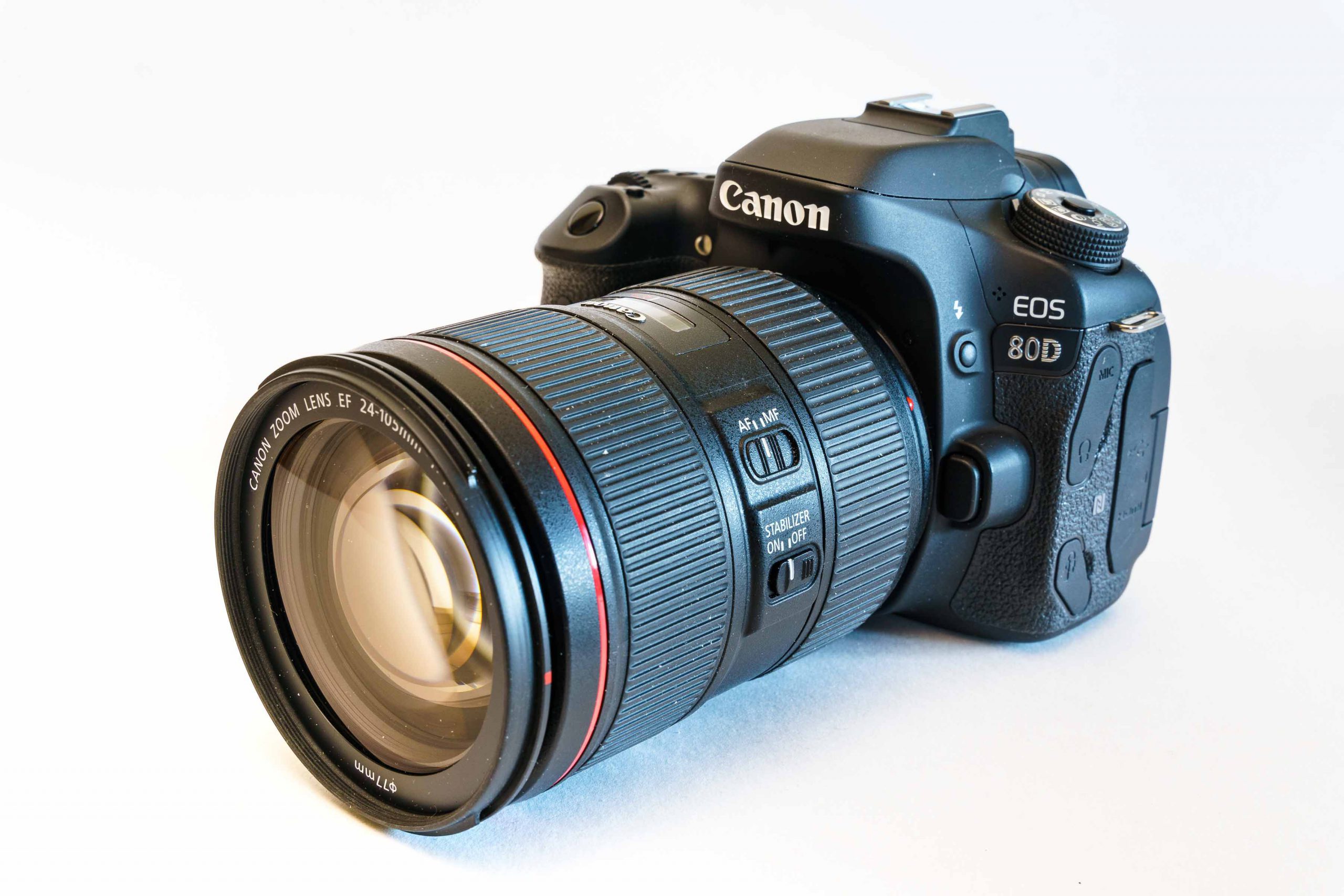
Some Personal History
My husband and I have long been photography fans and enthusiasts, taking pictures on every trip and special occasions. Originally, picture taking used to involve buying film in rolls of 24 exposures, taking pictures, and having them processed while hoping that, several days later, you get 1 or 2 perfectly composed images. My, have things changed.
We’ve gone through several digital cameras, starting with the first in 1999, which was a Fuji 1.2 megapixel handheld that cost over $1,000. Ouch. From there we moved on to several models of digital SLR’s and run through the typical progression of smartphones, getting a new one every couple of years. In general, we have transitioned from consumer to “prosumer” to professional level gear, having experienced the pros and cons of each.
I’m going to stay away from the Canon vs. Nikon vs. Sony vs. any other debate along with the Android vs. IOS and Apple vs. Samsung vs. Google debate. While there are differences, the key points to initially consider are the advantages and disadvantages of each camera form factor. In fact, most of us have a smartphone in our pockets with a decent camera and many of us have access to a digital camera, particularly those that travel frequently.
Why Travel with a Camera?
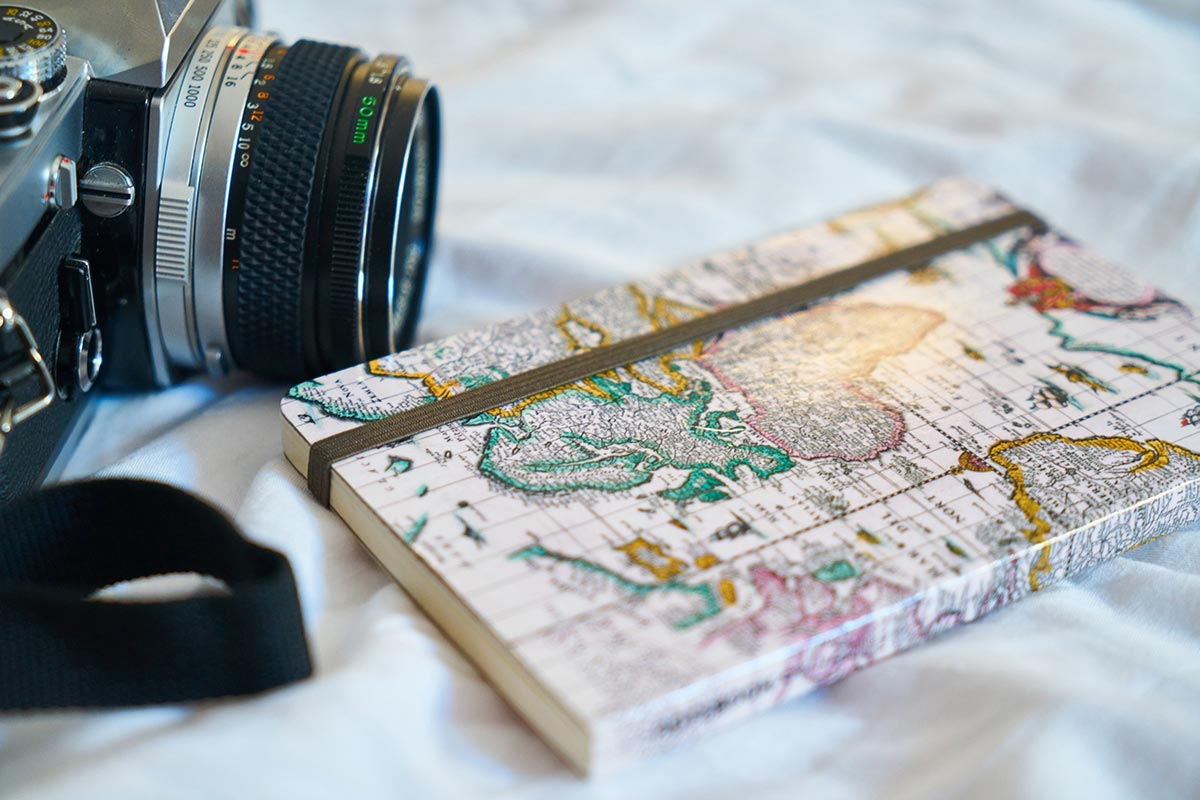
There are many good reasons to travel with a digital camera, whether it’s a DLSR, mirrorless, or a point-and-shoot version.
Image Quality
The sensors in today’s digital cameras are dramatically better than the past and certainly better than those included in today’s smartphones. Midrange digital cameras can provide images with 15-20 megapixels, with higher-end versions getting close to or exceeding 30 megapixels. You may ask, “why is that important”? Well, it depends. It depends on how you’re planning to use your images. If you’re planning to print them, blow them up to larger size or use them in any professional manner, greater image resolution is important. If you’re using them simply for personal enjoyment and for social media sharing, this may not matter as much to you.
Memory Capacity
The memory capacity of a digital camera depends on the size of the inserted memory card. In most cases, this capacity will dramatically exceed the 16, 32 or even 64 GB’s included in even the most recent smartphones. Additionally, memory in your phone is used up by storing many additional items such as music files, video such as Netflix downloads, apps, contact information, and some of us even use it at a photo portfolio.
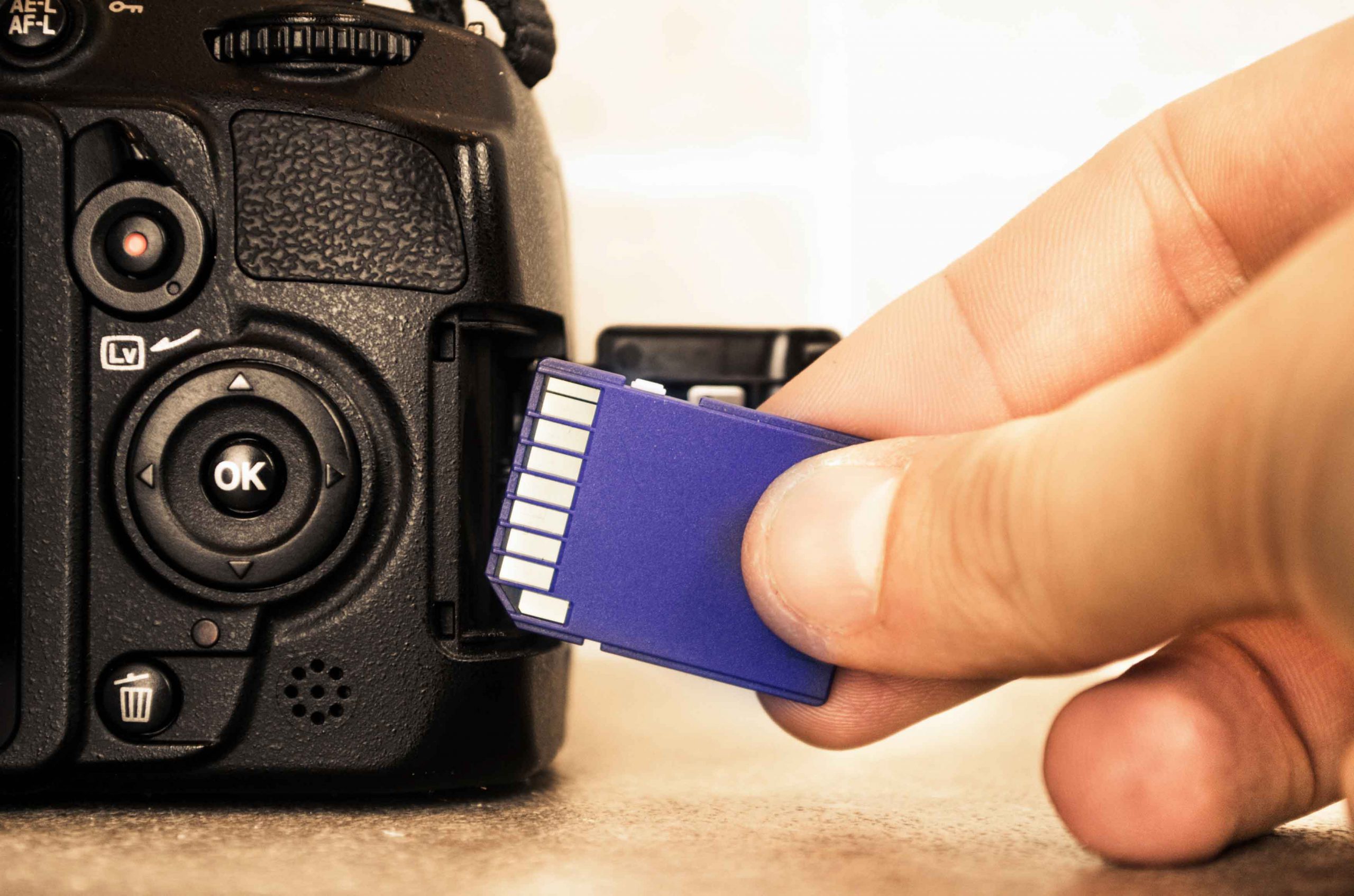
Low Light Performance
When traveling you’re often confronted with an opportunity for beautiful pictures, but with less than an ideal amount of light. Indoors, late evenings, nighttime, and even early mornings present challenging lighting conditions. Today’s digital camera typically handle low-light conditions much better than smartphone cameras. The ability to handle higher ISO settings, wider apertures, and even image stabilization capabilities will significantly improve your images.
Flexibility and Settings
If you are inclined to get off fully automatic and use any advanced photography techniques such as shutter priority, aperture priority, fully manual, or other features, a digital camera is the way to go. While you can use these techniques on many smartphones, the user interface is very cumbersome when compared with a digital camera.
Exchangeable Lens
Most digital cameras, with the exception of some point-and-shoot models, allow you to swap out lens, which provides a lot of flexibility when taking pictures. A wider angle lens is great for taking landmark and architectural photos, while a telephoto zoom lens will let you get close up to wildlife, people and event happenings.
Smartphones do allow you to “pinch” and zoom in, but this is a digital zoom, not an optical zoom. Zooming in digitally amounts to the same as cropping a picture, and will result in reduced quality and the potential for “pixelized” photos.
Focusing System
Digital cameras often provide advanced focusing systems that focus quickly, allow you to follow your subject and remain focused, focus in lower light conditions, and compose your pictures with better depth of field effects. Smartphone cameras do not provide the same level of control and often utilize slow shutter speeds, which introduces the risk of blurry pictures, particularly when taking photos of people or other moving subjects.
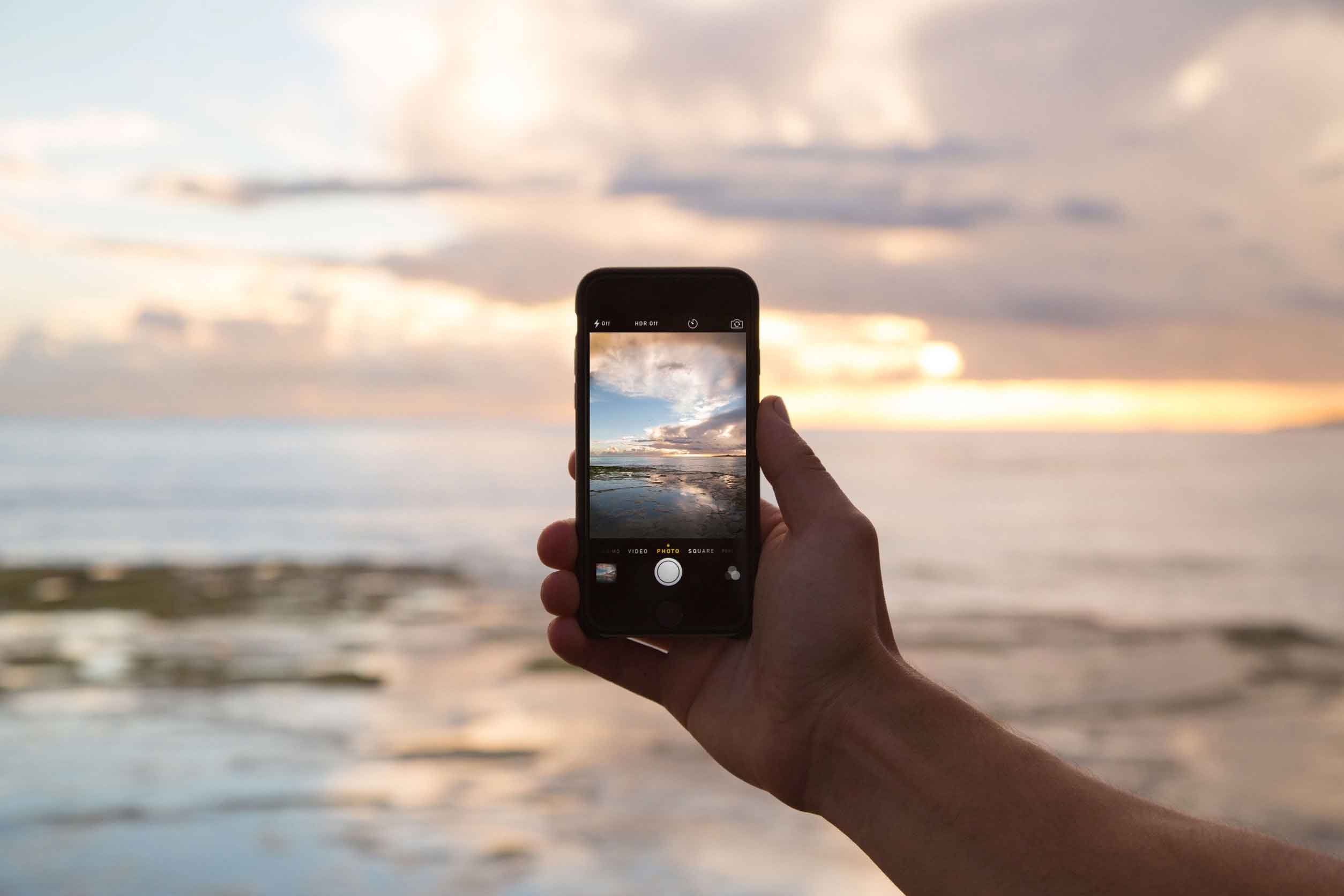
Battery Life
Digital cameras, as a rule, provide much better battery life, allowing you to take many more images on a single charge. Smartphones have good battery life, but numerous other functions continuously consume the available power. Wireless connectivity, WiFi, text messaging, GPS, phone calls, and other apps continuously consume your power, leaving less for picture taking. You can carry a battery bank to extend your phone’s battery life, but that adds additional weight and inconvenience.
One more advantage – you can buy and carry one or more batteries for your digital phone, and easily exchange them as needed to ensure that you don’t run out of power. Camera batteries are much smaller and lighter than a battery bank as well.
Viewfinder for Outdoor Use
Most digital cameras provide an optical or digital viewfinder that you can place up to your eye as you compose your photos. This works very well in bright sunshine conditions, where a smartphone screen can be difficult to see.
Post-Processing Ability
Many people, particularly avid photography buffs, like to adjust and fine-tune their photos using tools such as Adobe’s Lightroom or Photoshop. This process is commonly called “post-processing”.
Smartphone cameras typically create JPEG versions of your images, which are compressed to reduce the size of the files. Digital cameras also allow you to create what is called a RAW file format as well. RAW image files contain a lot more detailed data about the original image sensor readings and camera settings, which allows you to extensively adjust them during post-processing.
You can easily adjust features of your pictures such as the image size, exposure, white balance, contrast, color balance and numerous other aspects that affect the final image. Post-processing tools will also allow you to post-process JPEG images, but the image file contains significantly less information and, therefore, the available adjustments will be somewhat limited.
Admittedly, this capability is not necessary for everyone, but if you like to adjust some of your favorite images from a trip to add to your photo album or collection, or share with others, you will likely appreciate using RAW files as opposed to JPEGs.
Is My Smartphone Good Enough?
Smartphones have come a long way and now have sophisticated cameras integrated directly into them. In fact, many of the most current versions have multiple lenses designed to accommodate wide angles, long-distance zooming and close up portraits. There are certainly many good reasons to use your smartphone on your next trip.
Portability & Convenience
This is probably the top reason for considering your smartphone for a trip. Most of us will travel with a smartphone in our pockets for several reasons including the ability to make calls, get directions, and generally stay connected. With your phone in your pocket, you will have a slim, lightweight, reliable camera at your disposal. No extra weight. Nothing around your neck or on your wrist. Just reach into your pocket, touch the camera app icon, and away you go.
Inconspicuousness
I for one, don’t want to walk around in a foreign country, in a place I’ve never been, looking like the epitome of tourism, with a huge camera strapped around my neck, pointing at anything or anyone I find interesting. For many, this is not only social consideration but also a safety concern.
A smartphone in your pocket is certainly much less visible when tucked away and provides a much less intrusive way to take pictures of local sites and people (more on taking pictures of interesting people in a future blog post).
Enjoying the Moment
My husband has always enjoyed taking pictures during our travels. For him, it’s part of the experience. But, if you experience your entire trip from behind the lens of a camera, you will have missed out on many of the unique interactions, sights, and moments along the way.
In our opinion, it’s important to balance taking pictures along your way, with really being in the moment and experiencing all that the locale has to offer. A smartphone camera and its conveniences allow you to quickly snap a picture without having to peer through a viewfinder of a camera.
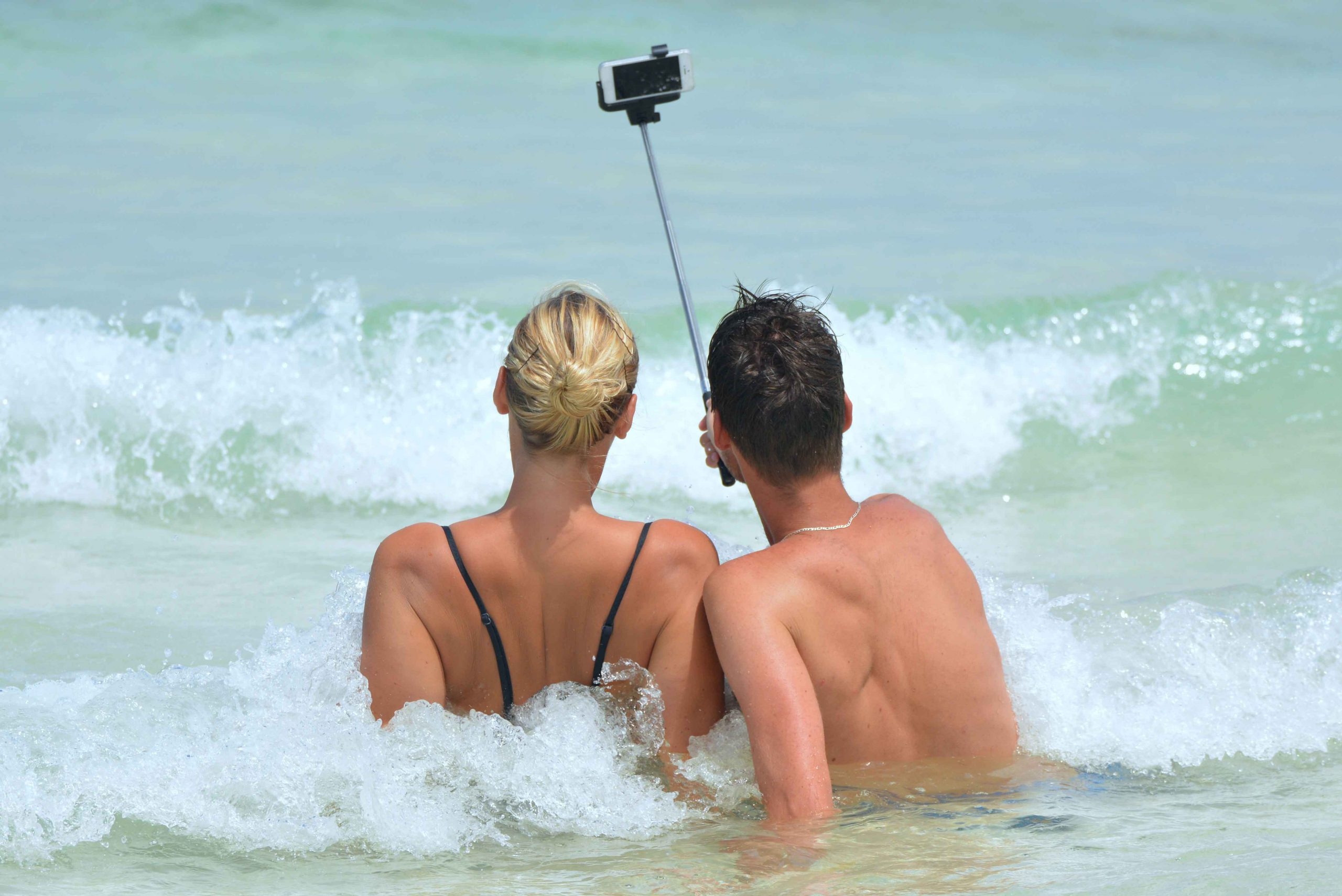
Selfies
I have one piece of advice if you’re into taking selfies… don’t even try using a digital camera. The advent of a front-facing camera in nearly all smartphones started our selfie culture, to the point that Oxford Dictionary named “selfie” as the 2013 word of the year. Taking a selfie with a digital camera, without the front-facing screen, is nearly impossible. So, if you’re into taking selfies for whatever reason, use your smartphone, full stop.
Good Image Quality
While we already indicated that a digital camera provides superior image quality, today’s smartphones also provide good quality pictures. The typical 12 – 16 megapixel quality, which may well be just fine for your purposes, depending on how you plan to use your images. If you plan to share them through social media, view on a phone, tablet or computer and not enlarge them much beyond 8” x 10”, the images taken on your smartphone will likely be just fine for your needs.
Social Media Integration
Many of us, ourselves included, love to share our trip experiences with our friends and family through Instagram, Facebook, Snapchat, Twitter or your social platform of choice. Pictures taken with your smartphone are easily posted, tweeted or whatever, without inconvenience as long as you have a network connection, either wireless or WiFi. Images taken on a digital camera will need to be offloaded from the memory card before they can be posted, which will create a delay and require more of your time. If you want to share pics in the moment, your smartphone is the way to go.
Special Effects
Today’s smartphones are sophisticated computers in their own right. As such, they have many image processing apps available that allow you to apply special effects, filters, and other enhancements (think bunny ears, cartoon characters and unusual colors, for example). Many of these same effects can be accomplished on images produced with a digital camera, but that requires offloading and the use of image processing software such as Photoshop, Corel or numerous others. Special effects and filters can be applied right on your smartphone with just a quick touch of a button.
Cost Considerations
While today’s smartphones are anything but cheap, most of us will have a phone as part of our daily lives. I think of the cost of a smartphone as a necessary investment in today’s world, and one which most of us would not want to do without. On the other hand, a digital camera requires additional investment, one which can range from 100’s to 1,000’s of dollars, euros or your local currency.
Camera or a Smartphone? – That Is The Question…
Like any good question, whether to travel with a camera or a smartphone is best answered with an “it depends”. It depends on how you plan to use your images, how light you want to travel, and how much control you want over your photography experience.
For us, we travel with both, using a mirrorless digital camera as our primary camera and using our smartphones for capturing many of the ad hoc memorable moments. We will often leave the camera behind when we go out for dinner or other events so that we can enjoy each other and capture a few pics and selfies along the way. We use the digital camera when sightseeing, visiting historic attractions, and at other times when lighting conditions are not great.
This allows the flexibility that we find convenient while providing the option to capture more sophisticated, higher-quality images when needed. In the end, it’s a personal choice, and with today’s camera capabilities, one in which you really can’t go wrong whichever way you decide to go.

